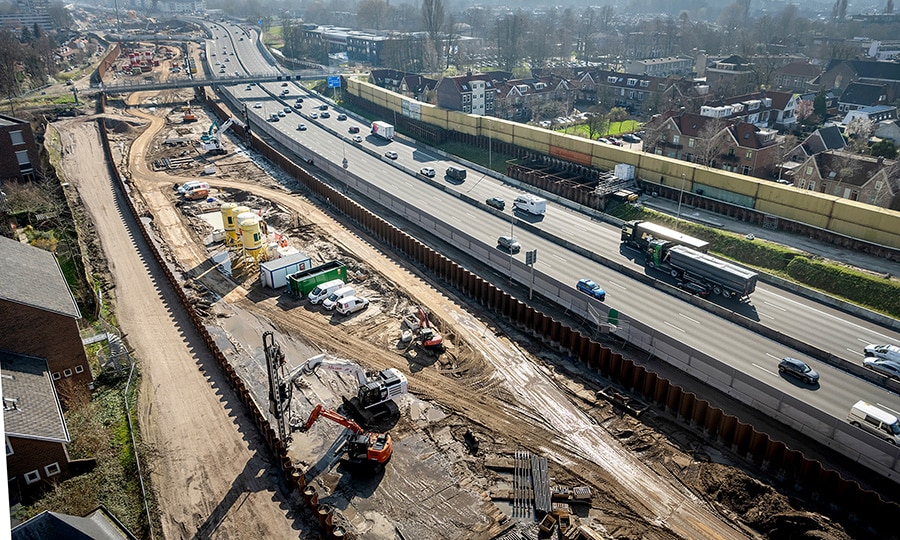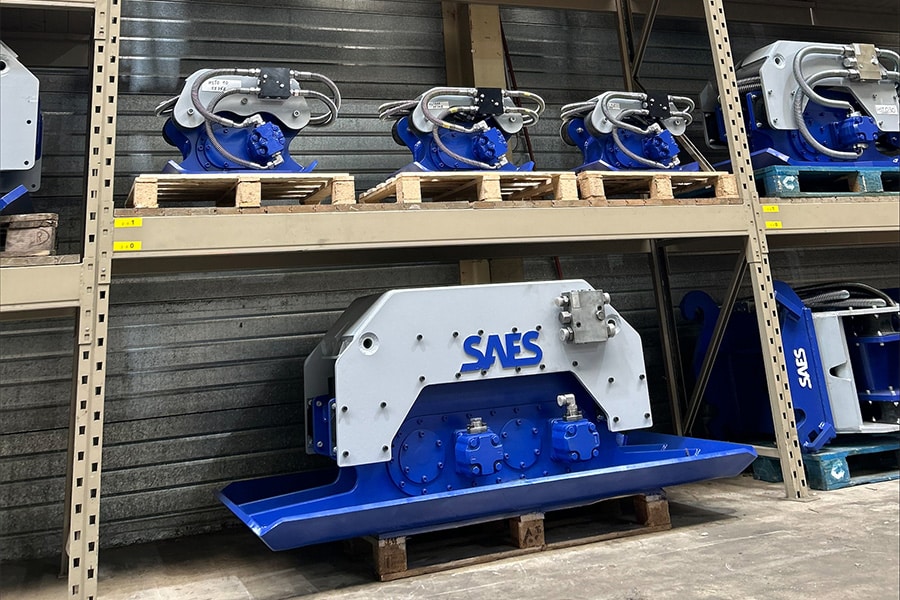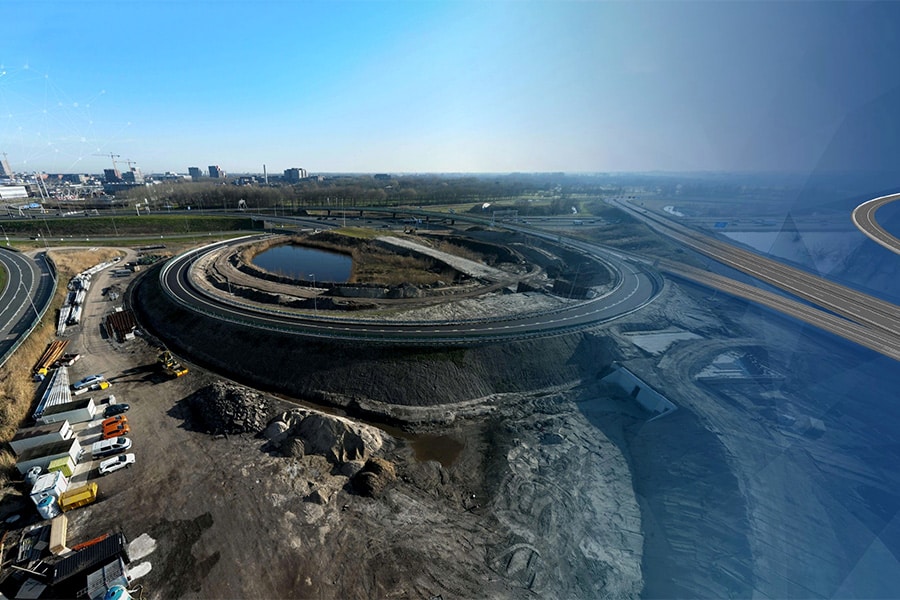
Well drainage in all its facets
The A24 Blankenburg connection is largely below ground level and the Maas Delta Tunnel at a depth of over 30 meters, at the bottom of the Scheur. The expertise of Henk van Tongeren Water & Techniek was called in to excavate the construction pits in a controlled and safe manner. Virtually all possible forms of well dewatering were therefore used on the project.

The Blankenburg connection is a very interesting project for us, begins Han Boonman, project manager at Henk van Tongeren Water & Techniek. "For example, we have been commissioned to carry out trial drainage at various points at both the Holland Tunnel and the approaches to the Maas Delta Tunnel. For this, the necessary monitoring wells and wells were installed to determine the design of the well drainage. The challenge was mainly in the approaches to the Maas Delta Tunnel."
33 meters deep
The ramps to the Maas Delta Tunnel are being built in two almost identical construction pits, consisting of different compartments. "The deepest compartments against fairway the Scheur are at 28 meters minus N.A.P. That's about 33 meters deep calculated from ground level," Boonman clarified. "The idea of construction consortium BAAK was to excavate the compartments up to 15 meters minus N.A.P. in the dry. For this we were allowed to provide the well drainage. And for this we deployed various techniques, ranging from tension dewatering and return dewatering to phreatic dewatering and horizontal drain dewatering."
DSI infiltration system
Henk van Tongeren Water & Techniek performed the stress drainage by deep-well dewatering. "Submersible pumps were then hung in the drilled wells to pump away the tension water. This water was partially discharged to the open water in the Scheur and a portion was discharged to our patented DSI infiltration system." With that, Boonman immediately makes the bridge to the next well drilling technique: return drainage. "Part of the water was pumped back (return) into the ground so that the groundwater level remained at the right level. For this purpose, wells were drilled in tactical places to infiltrate the water. To transport all this water, several kilometers of HDPE pipes were laid from Ø100 to a maximum of Ø400 mm."
To pump water out of the upper sand layers (phreatic water), phreatic drainage was also carried out by filter dewatering with gravity filters. "Here the law of large numbers applies with about 1,200 meters of filter dewatering on the south side alone. With several dozen electric plunger pumps on it in combination with a few through-pump/raising units to pump the phreatic water over long distances. So all in all, for us a sizeable and very interesting project, given the many facets of well dewatering deployed here."



